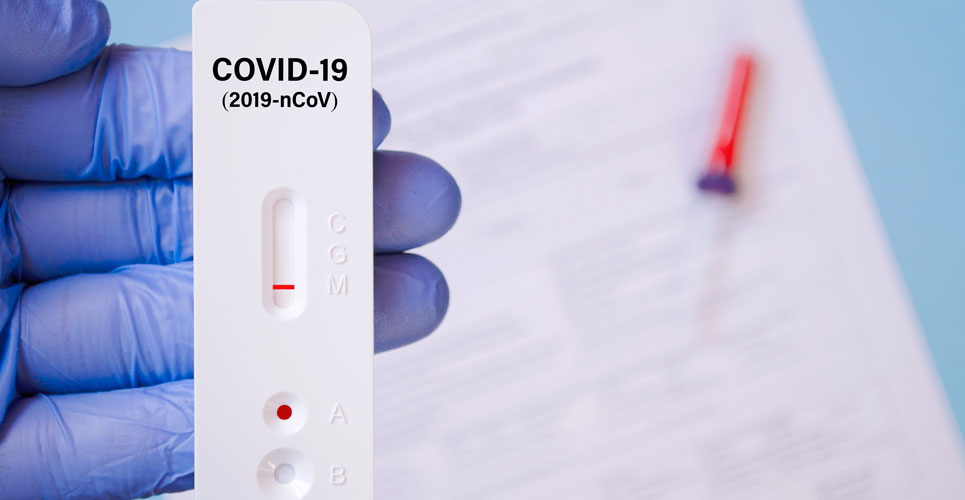Using a COVID-19 risk assessment tool, researchers were able to identify patients at a high risk of hospitalisation and death.
Several factors such as increasing age, male sex and the presence of several co-morbidities, have been identified as being associated with increased the risk of worse outcomes after infection with COVID-19. Incorporation of these factors into a model can be used to identify those at a high-risk of worse outcomes after infection with the virus. Before the introduction of vaccines, a COVID-19 risk assessment tool (QCovid) was developed and performed well, showing high levels of discrimination for COVID-19 deaths in men and women. The introduction of effective COVID-19 vaccines had reduced the number of both hospitalisations and deaths due to the virus. However, because no vaccine is 100 % effective, there remains a small risk of serious outcomes among vaccinated individuals, especially as the vaccination trials excluded individuals for whom the vaccine response might be have been suboptimal, e.g., those prescribed immunosuppressants or in receipt of chemotherapy for cancer.
In trying to identify patients who remain at a high risk of worse outcomes from COVID-19, even after vaccination, the team who produced the QCovid, have updated their COVID-19 risk assessment model. The model can therefore help prioritise patients who can be targeted for booster vaccination doses. Using data from the second COVID-19 wave, the team who developed QCOVID, created and validated two further COVID-19 risk assessment models: one for those at high risk who were unvaccinated (QCovid2) and a second model (Qcovid3) for at risk patients who have been vaccinated.
The models were created using the QResearch database, which contains personal, clinical and drug data for 12 million people in the UK and was linked with the national immunisation database of COVID-19 vaccinations, to derive an individual’s vaccine status and to the Hospital Episode Statistics dataset for admissions. The team also linked to several other databases including the national data for mortality, COVID-19 infections, systemic anti-cancer treatments, radiotherapy and national cancer registries. For the study, the primary outcome was time to COVID-19 related death or death within 28 days of infection. The secondary outcome was time to hospital admission with COVID-19 and both outcomes were assessed from 14 days or more after the first and second doses of vaccination. The model itself contained a huge number of predictor variables including demographics, deprivation and various co-morbidities.
Findings
The patient cohort included 6,952,440 vaccinated patients with a mean age of 52 years (47.8% female). There were 2031 COVID-19 related deaths and 1929 hospital admissions, of which, 81 deaths and 71 admissions occurred 14 days or more after the second vaccination dose. Using the Qcovid3 model the authors calculated that the of death even after vaccination, was highest for patients with Down’s syndrome (adjusted hazard ratio, aHR = 12.7) and kidney transplant patients (aHR = 8.1). The Qcovid3 model explained 74.1% of the variation in COVID-19 related deaths after two vaccine doses and 71.3% of the variation after a single vaccine dose. Furthermore, the model was slightly less effective in COVID-19 risk assessment for hospital admission at 65.7%. The results of the Qcovid2 model were described as generally similar to the Qcovid3 although no further information was provided in the paper.
Commenting on their results, the authors discussed how their study provided a robust COVID-19 risk assessment model to stratify risk among those already vaccinated against the virus. They concluded that their algorithm was likely to be both updated and extended to younger age groups once more data becomes available.
Further details of the model are available here.
Citation
Hippisley-Cox J et al. Risk prediction of COVID-19 related death and hospital admission in adults after COVID-19 vaccination: national prospective cohort study. BMJ 2021

